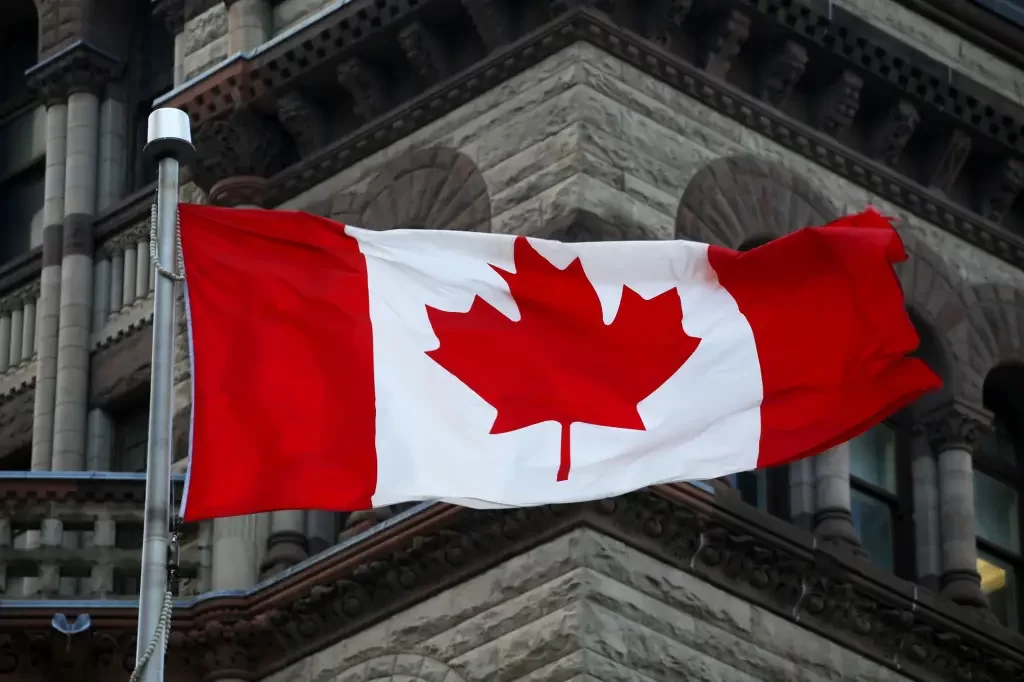CRS score continues to drop in the eleventh all-program draw since July 6.
On November 23, Canada held its most recent all-program Express Entry draw.
This is the eleventh draw since all-program draws resumed on July 6.
Immigration, Refugees and Citizenship Canada (IRCC) issued invitations to 4,750 candidates with a minimum Comprehensive Ranking System (CRS) score of 491. Eligible candidates were invited from the Canadian Experience Class (CEC), Federal Skilled Worker Program (FSWP) and the Federal Skilled Trades Program (FSTP). All are programs that operate under the Express Entry system.
In December 2020 all-program Express Entry draws were paused for over 18 months. The draws were paused because of a backlog in applications caused by COVID-19 related travel restrictions. During this period, only candidates from the CEC or Provincial Nominee Program (PNP) were issued invitations to apply (ITAs). However, in September 2021, IRCC also paused draws for the CEC.
The number of ITAs in this draw is the same as the previous two on November 9 and October 26. The CRS score is continuing to drop by two or three points with each round.
Changes to NOC
On November 16, IRCC introduced NOC 2021, a revision of NOC 2016, the National Occupation Classification (NOC) system that is used to determine an Express Entry candidate’s profession and skill level.
The new system categorizes occupations based on training, education, experience, and responsibility (TEER) involved. The new TEER system has revised NOC 2016’s skill levels 0-E and created an equivalent five TEERS.
| NOC 2016 | NOC 2021 |
|---|---|
| Skill Type 0 | TEER 0 |
| Skill Level A | TEER 1 |
| Skill Level B | TEER 2 |
| Skill Level B | TEER 3 |
| Skill Level C | TEER 4 |
| Skill Level D | TEER 5 |
With the introduction of the TEER system, there are now 16 new occupations eligible for Express Entry, while three occupations have become ineligible. The ineligible occupations may still be admissible under other economic immigration pathways such as provincial nominee programs.
The introduction of the new occupations aims to target sectors in which Canada is currently experiencing a shortage of skilled labour such as tech, healthcare, and truck drivers.
Here are the 16 newly eligible occupations.
- Payroll administrators
- Dental assistants and dental laboratory assistants
- Nurse aides, orderlies, and patient service associates
- Pharmacy technical assistants and pharmacy assistants
- Elementary and secondary school teacher assistants
- Sheriffs and bailiffs
- Correctional service officers
- By-law enforcement and other regulatory officers
- Estheticians, electrologists and related occupations
- Residential and commercial installers and servicers
- Pest controllers and fumigators
- Other repairers and servicers
- Transport truck drivers
- Bus drivers, subway operators and other transit operators
- Heavy equipment operators
- Aircraft assemblers and aircraft assembly inspectors
Express Entry likely to change in 2023
Into late 2022 and early 2023, candidates can expect that Express Entry draws will continue as they are and CRS scores will be the main deciding factor in issuing ITAs.
However, starting in 2023, the recently passed Bill C-19 means IRCC will have the authority to conduct targeted draws. The criteria for receiving an ITA could vary between draws depending on Canada’s most pressing economic need.
For example, an individual could receive an ITA based on their occupation, education or language abilities. Immigration Minister Sean Fraser has said that these targeted draws will better place new permanent residents on a path to success while also ensuring that urgent gaps in Canada’s workforce are filled.

